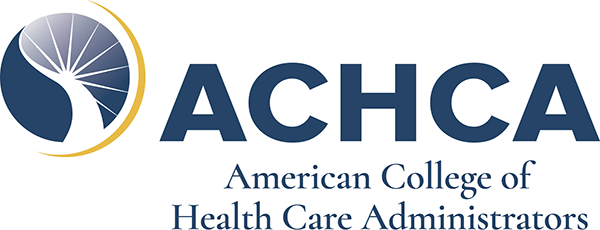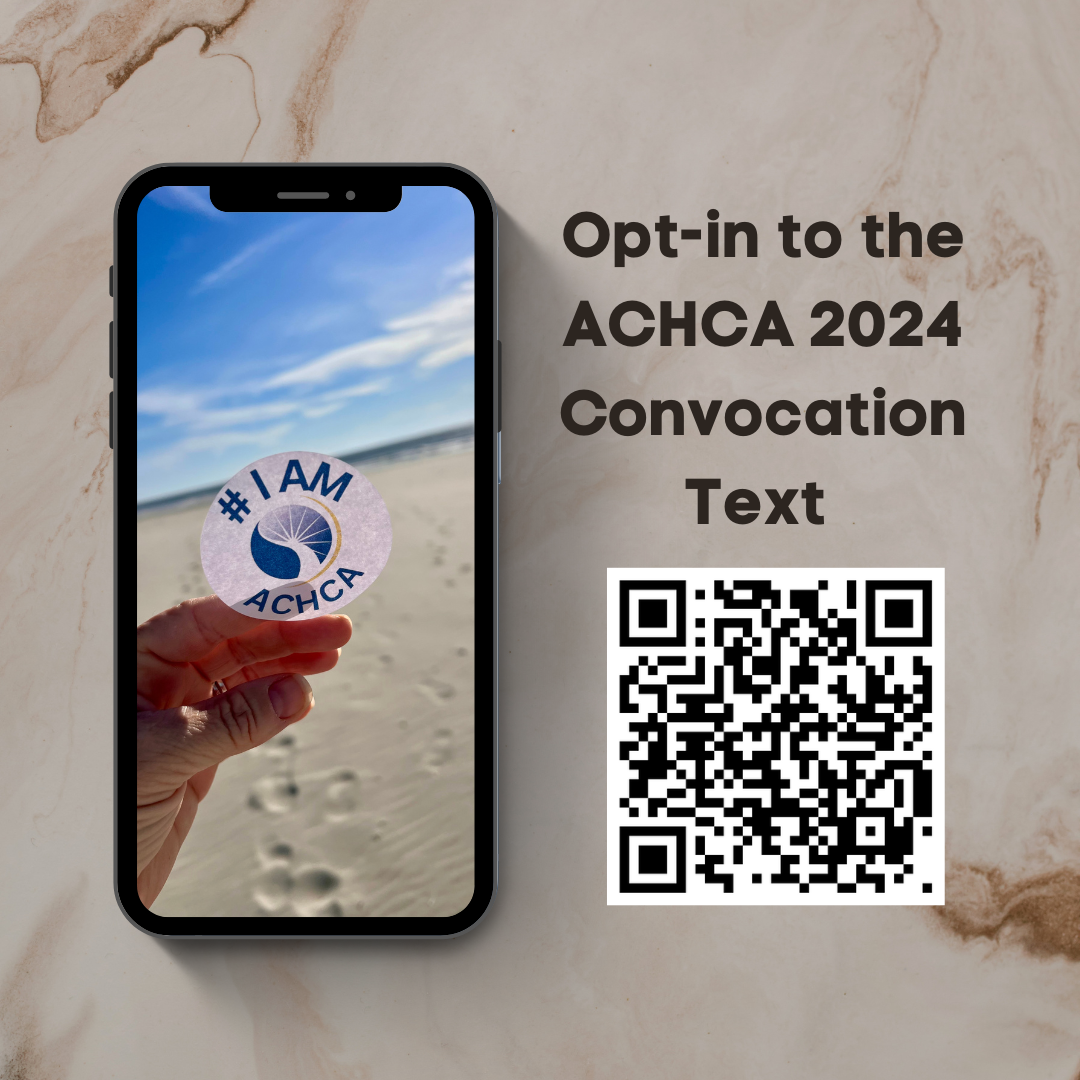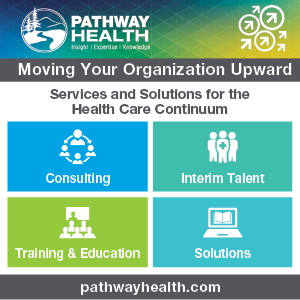On November 6, 2023, the Office of Inspector General (OIG) released an updated General Compliance Program Guidance (GCPG) manual, the first significant update in 15 years. The updates made provide clearer guidance on what an effective compliance program is, and how healthcare organizations can implement them. The following seven elements make up an effective compliance program.
- Written policies and procedures
- Compliance leadership and oversight
- Training and education
- Effective lines of communication with the Compliance Officer and disclosure program
- Enforcing standards with consequences and incentives
- Risk assessment, auditing, and monitoring
- Responding to detected offenses and developing corrective action initiatives
Written Policies and Procedures
Policies and procedures outline how your organization and employees are expected to behave. In healthcare, policies and procedures are essential for several reasons. They ensure that patient information is handled correctly and secured, help to create a safe work environment for employees while protecting patients, and ensure ethical billing practices by preventing fraud, waste, and abuse.




